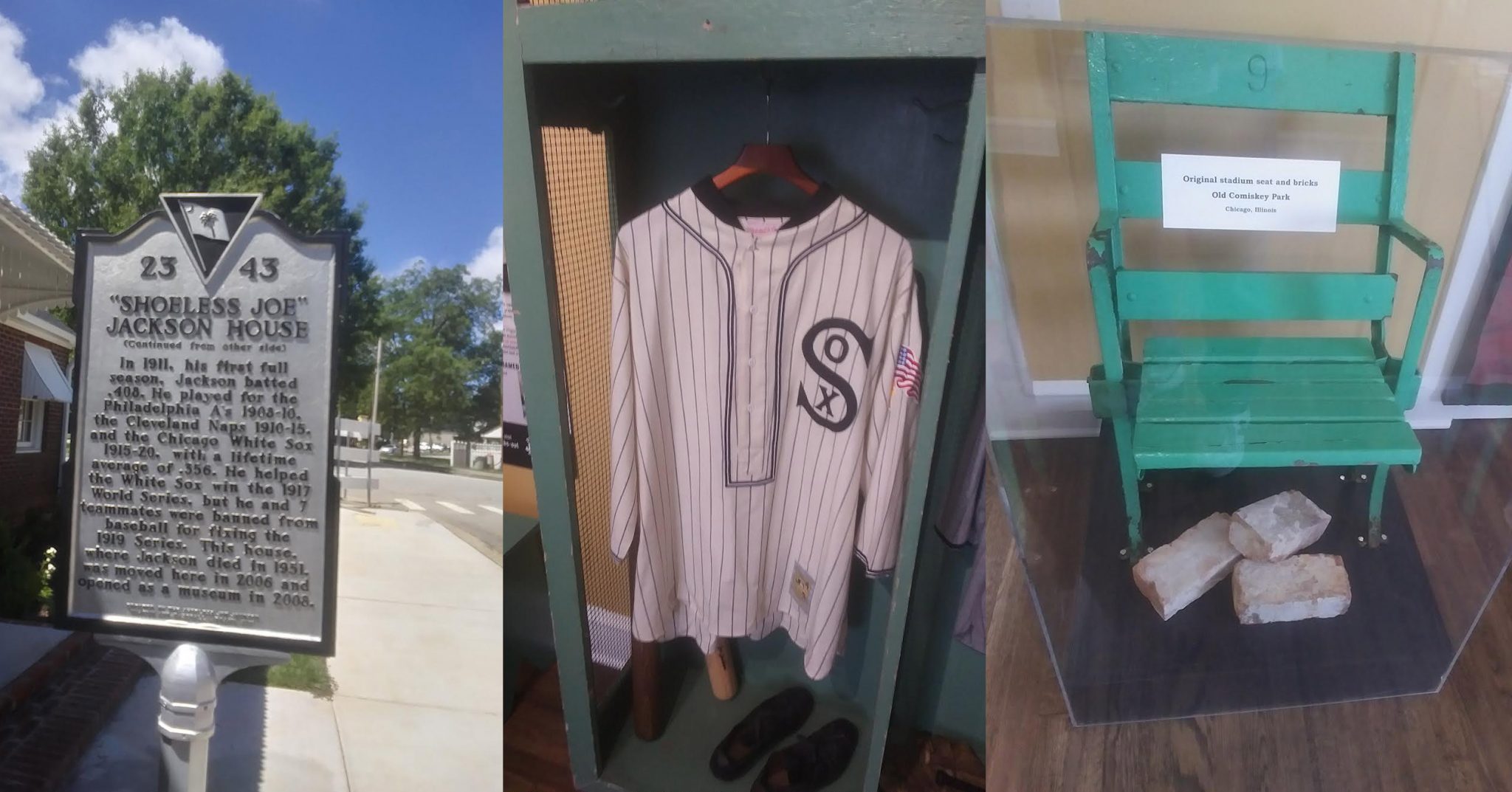History of Connemara

Connemara
Connemara has encompassed almost 200 years of American history. During that time Connemara has survived the Civil War with the Secretary of the Confederate Treasury C.G. Memminger as its owner, saw the coming of the Industrial Age under the ownership of textile mill tycoon and entrepreneur Ellison Adger Smyth, and after WW II it became the home of Pulitzer Prize winning poet, author, and prominent Abraham Lincoln biographer Carl Sandburg before being sold to the Department of the Interior and opening as a National Historic Site in 1974.
Connemara started out as the summer home for Charleston, SC lawyer Christopher Gustavus Memminger. Construction on the home started in 1836 and the property was originally named “Rock Hill” for a large rock outcropping that could be seen on the side of Glassy Mountain. The Memminger family was living in Connemara by 1838 and additions to the homestead were made over the years. A cook’s house, a wagon shed, an icehouse, and additions were made to the main house until 1850 when servant’s quarters were added as the final piece.
C.G. Memminger was named as the Secretary of the Treasury for the Confederate States of America in 1861 from the beginning of the Civil War. It was a position he resigned from in 1864 and he came to Rock Hill in Flat Rock until the end of the war in 1865. From its place high on the side of Glassy Mountain, Rock Hill was the perfect place to look out for raiding Union troops or Confederate Bushwhackers and deserters. Rock Hill became a haven for Memminger’s friends and neighbors to take refuge from the war.
Memminger eased back into public and again became involved in South Carolina politics but maintained Rock Hill as his summer home until his death in 1888. He is buried at St. John in the Wilderness church in Flat Rock where he was one of the first members.
Memminger’s son Edward sold Rock Hill to a fellow Confederate veteran and South Carolinian Colonel William Gregg, Jr. in 1889. He owned Rock Hill for about ten years but there is no evidence that he maintained a residence there.
Rock Hill was sold in 1899 to South Carolina industrialist and entrepreneur Ellison Adger Smyth. Smyth renamed his summer home Connemara to celebrate his Irish ancestry. Like the previous owners, Smyth maintained it as a summer home until he retired in 1925 and made Connemara a full time residence for the first time since it was built. Smyth died in 1942 at the age of 94 and Connemara sat vacant until 1945.
Carl Sandburg purchased the home in 1945. His wife Lillian had found the home far away from their home in Michigan because she wanted a warmer climate and a place to raise her goats. Connemara underwent more changes than at any time in its history when the Sandburg’s purchased it. They completely modernized the house, installed dozens of bookshelves for Sandburg’s massive library, and turned the original kitchen house into a three car garage.
Mrs. Sandburg used Connemara to raise her goat herd while Carl used it as a writer’s refuge, something he liked to refer to as the “quiet hush.” Sandburg, often referred to as “the People’s Poet” wrote more than one third of his published works here and it was at Connemara that Sandburg won his second Pulitzer Prize in poetry for Complete Poems in 1951. He also appeared before Congress in 1959 to give a Lincoln Day address and received the Presidential Medal of Freedom from President Lyndon B. Johnson in 1964 as well as numerous other honors and awards.
Carl Sandburg died in 1967 and Lilian Sandburg sold Connemara to the Department of the Interior by 1969 and it was opened as a National Historic Site in 1974. The Carl Sandburg Home National Historic Site is almost 250 acres, has about five miles of walking trails, and the goats are on the property.
Several websites were used when I was doing the research for this article. I started with the National Park Service’s website on the Carl Sandburg Home, www.nps.gov/carl/index.htm and went from there. All of the owners of Connemara were people that led public lives but they all turned to Flat Rock as a refuge and a place of inspiration.
I stopped by the Carl Sandburg Home National Historic Site the other day since it has been about 40 years since my fourth grade class took a field trip to the home right after it opened in 1974. It was quite busy for a Sunday afternoon and there are miles of walking trails around the Sandburg home now. I will have to take advantage of those closer to the spring. The house was in a much grander setting than I remember and I tried to picture it as it may have looked during C.G. Memminger’s time during the Civil War and during Carl Sandburg’s time as the People’s Poet. The setting would have been impressive no matter what the time frame. Look for more insights on Connemara and the history of North Carolina on my blog danswnchistoryblog.blogspot.com.
Dan Gibbs







